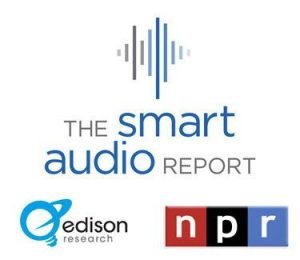
Edison Research & NPR have just released The Smart Audio Report Spring 2019 edition noting the current state of Smart Speaker usage & statistics. Just over one in five Americans 18+ (21%) own a smart speaker, or around 53 million people. But those who have had one for some time are doing fewer things with them and concerns about privacy and security are discouraging consumers who haven’t bought one from taking the smart speaker plunge. The number of smart speakers in use in the U.S. rose to an estimated 118.5 million in December 2018, for a 78% spike from 66.7 million in December 2017. That’s due in large part to people owning more than one. “If you own a smart speaker, chances are you own at least two of them,” Edison Research Senior VP Tom Webster said during a webinar Tuesday. And that has placed the voice-activated devices in multiple rooms in the household. While the availability of cheaper smart speakers has been a big growth driver, the addition of video screens built into the devices is now also having an impact. While most owners (69%) have smart speakers without screens, a growing group of owners (27%) now own both types of smart speakers. Speakers with screens are making it easier for users to gain control of these devices as user confusion is still a frustration for many new owners.


Amazon Alexa & Apple’s Homepod
Most device owners rely on recommendations from friends and family (45%) to discover new skills or actions for their smart speakers. Other discovery means, like emails from the smart speaker brand (34%), searching the smart speaker app (29%), and recommendations from the speaker (24%) are used by fewer device owners. Smart speakers have become a utility device for activities such as playing music (77% of device owners), getting the weather (75%), answering a general question (74%), setting an alarm (53%) and getting the news (42%). Broadcasters see the devices as a modern day equivalent of the clock radio and the new data shows nearly four in ten owners (37%) use their device weekly to listen to an AM/FM radio station streams. Significantly for broadcasters, 55% agree they are listening to more audio since getting a smart speaker. Broadcasters take note: as this reporter has been stating for some time, more than ever it’s important that stations launch streams for their HD-2 & HD-3 services & promote these on their websites. Smart Speakers are NOT radio receivers & rely on station webstreams to provide programming when user requested. Users should have the opportunity to choose from any of the 3 HD program services a radio station is offering. To not do so shows broadcasters are missing out on potential listeners & thus increased ad revenue.
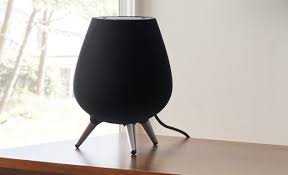
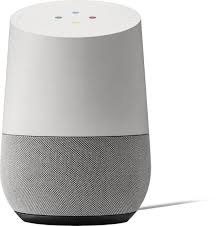
Samsung Galaxy & Google Home
In addition today’s InsideRadio notes: “In 2017 consumers cited cost as the main reason for not purchasing one. Today it’s concerns about privacy and security – 63% of those who don’t own one, but would like to get one, say they worry that hackers could use smart speakers to get access to their home or personal information. That’s up sharply from 41% in 2017. Worries that the device is always listening also mushroomed to 55% in 2019 from 36% in 2017. And four in ten fret that smart speakers could allow the government to listen to their private conversations, up from 34% two years ago, a worry shared by almost half (49%) of existing smart speaker owners.In addition, 60% of non-owners say they don’t need that type of technology in their lives.Among those who haven’t taken the plunge, interest in owning a smart speaker is highest in radio’s prime demo of 35-54 where 29% say they are interested in acquiring one. Millennials aged 18-34 are close behind at 26%.”
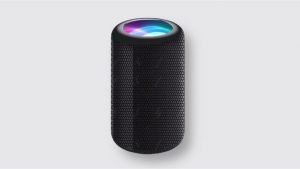
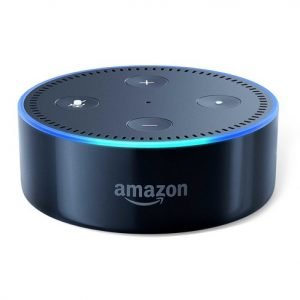
Apple’s Siri & Amazon’s Echo Dot
Seven in 10 (69%) use the device daily and 44% say they are using it more often than in the first month they bought it, compared to 35% who indicate about the same amount and 21% less often. But as these devices become more prevalent in people’s lives, they’re using them for fewer things. Those who have had one for three months or less say they used an average of 11.7 skills in the past week. The number drops to 10.2 for three months to less than six month, 9.5 for six months to a year and 7.0 for two years or more. But generally speaking the longer the ownership period, the more likely owners are to agree with the statement, “You wouldn’t want to go back to life without your smart speaker.”
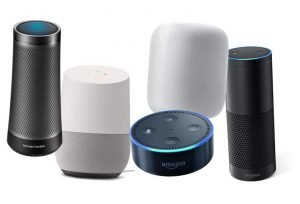

Some comments may be held for moderation. (New users)